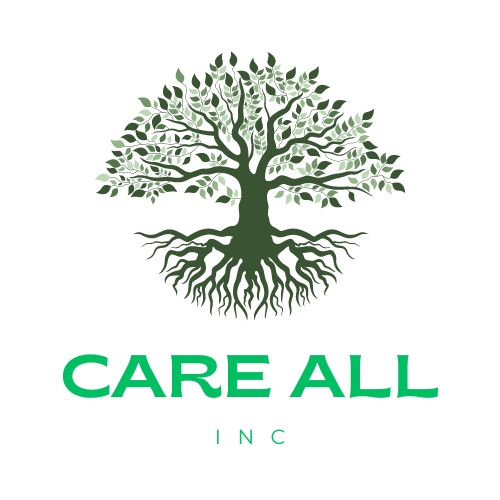Pests are one of the most persistent and frustrating problems for homeowners and businesses alike. Left unchecked, they can cause property damage, health risks, and expensive repairs.
But did you know that regular inspections can be the foundation of an effective long-term pest management strategy?This blog explores the importance of ongoing monitoring, prevention, and maintenance to protect your property from unwelcome pests. By the end, you’ll have actionable insights for keeping your home or business pest-free.
The Hidden Dangers of Pest Infestations
Pests are not just a nuisance, they carry risks far beyond what meets the eye. Here are a few common issues caused by infestations:
- Health Risks: Rodents, cockroaches, and other pests can carry diseases harmful to humans. For example, rodents are known to spread hantavirus through droppings, while cockroaches can exacerbate asthma and allergies.
- Property Damage: Termites and carpenter ants can quietly destroy the wooden structures of your property. Rats and mice are notorious for chewing electrical wires, creating fire hazards.
- Financial Losses: Repairs related to pest damage are often unexpected and costly. Additionally, infestations can tarnish a business’s reputation, leading to lost revenue.
Early detection through regular inspections can prevent these issues before they spiral out of control.
Why Prevention Should Be the First Step
Prevention is the most cost-effective and efficient way to tackle pests. A proactive approach minimizes the chances of pests entering your property. Here are some preventive steps to make your space less hospitable to pests:
- Seal All Entry Points: Inspect windows, doors, and foundations for cracks or gaps that pests can exploit. Use caulking or weatherstripping to block their paths.
- Eliminate Food Sources: Store food in airtight containers and clean up spills promptly. Regularly empty garbage bins and keep them sealed.
- Address Moisture Issues: Pests like termites and mosquitoes thrive in damp environments. Fix leaking pipes and ensure good drainage around your property.
By fostering a pest-resistant environment, you can reduce your reliance on pesticides and protect your property naturally.
The Role of Monitoring in Long-Term Pest Control
Monitoring is a critical component of effective pest management. After all, pests are adept at hiding in hard-to-reach areas. Monitoring tools and techniques can help identify early signs of activity:
- Pest Traps and Bait Stations: These are essential for detecting the presence and severity of an infestation. They allow you to track pest behavior over time.
- Visual Inspections: Regularly check high-risk areas like basements, attics, and kitchens for droppings, nests, or gnaw marks.
- Professional Monitoring Services: Pest control companies offer specialized tools and expertise for ongoing surveillance.
Consistent monitoring provides valuable data on pest activity, helping you address issues before they escalate.
Scheduling Regular Inspections with Experts
While DIY monitoring is useful, professional inspections are indispensable. Experts are trained to detect subtle signs of pest problems that most property owners might miss. Here’s how regular inspections add value to your pest management efforts:
- Comprehensive Assessments: Professionals evaluate your entire property, from foundations to attics, identifying current infestations and vulnerabilities.
- Tailored Recommendations: Based on their findings, they provide actionable advice or solutions suited to your property’s unique needs.
- Preventive Measures: Experts often suggest preventative treatments that protect your space from future infestations.
Scheduling inspections at least annually, or more frequently if you’re in a high-risk area—can save you significant hassle and expense down the road.
Maintenance and Long-Term Pest Management
Pest control isn’t a one-and-done process. Long-term success requires consistent maintenance of your property and pest-management practices. Here’s how to stay on top of it:
- Routine Cleaning: Keep your surroundings clean and clutter-free to eliminate hiding spots for pests. Pay special attention to areas like storage rooms and garages.
- Yard Maintenance: Trim back bushes and trees near your property to reduce shelter and entry points for pests. Remove standing water from outdoor areas.
- Update Pest Control Measures: Over time, pests can adapt to traditional control methods. Work with experts to update your strategies as needed.
By integrating these practices, you’ll keep your property secure from pests for years to come.
How Community and Resources Can Help
Staying informed about pest control tactics is another crucial part of the process. Communities and online resources in this website offer valuable insights, advice, and success stories from others who have achieved pest-free homes or businesses.
Engaging with pest management forums or attending local workshops can equip you with the knowledge and tools to tackle infestations effectively.
Keep Your Property Pest-Free with a Proactive Approach
Pests are persistent, but with regular inspections, monitoring, and maintenance, you can create a safer, healthier environment. By taking preventive steps and working with professionals, you’ll save time, money, and stress while keeping your property secure.
Your next step? Reach out to pest control experts to schedule your first inspection. The sooner you start, the better protected your property will be.






